MARKET OVERVIEW
The global geospatial analytics market is on the verge of making revolutionary change since it is moving to the central position in many industries. It will cover all from simple usage of information from geographic locations and characteristics to extended impact in the next few years. Technology and spatial data decision-making demand power the growth; the sector is shifting to serve much more complex applications and uses.
Behind this growth and evolution in the market, there is a consistent enhancement of geospatial technologies. More innovations in satellite imagery, GIS, and remote sensing will transform the manner in which geographic data is collected, analyzed, and used. Eventually, these technologies will be more embedded in everyday applications like urban planning, infrastructure development, environmental monitoring, and disaster management. This will, in turn, fuel the impetus towards further development of geospatial analytics solutions and tools that can reveal deeper insight through improved predictions. Companies in various industries will explore using geospatial analytics as a means of staying competitive.
This runs the gamut from applying geospatial knowledge in store site optimization, supply chain optimization, and geographic-targeted marketing. Likewise, in agriculture, additional spatial information will be used to enhance crop care, soil health monitoring, and weather forecast to develop sustainable agricultural methods. The health sector will also intensify the application of geospatial analysis in disease outbreak tracking, healthcare facility planning, and patient care through the incorporation of spatial information. Apart from this, data interoperability and integration will receive a lot of focus that will define the global geospatial analytics market. With multiple data sources and types coming together, the ability to merge and analyze different datasets will become increasingly vital.
This will necessitate the creation of advanced data management systems and analytics software that can handle large volumes of complex spatial data. Therefore, the expansion will also give rise to innovations in the process of developing data fusion technologies and analytics techniques, which will further increase the usability and accuracy of the geospatial insights. Urbanization trends and the notion of smart cities will place additional loads on the demand for geospatial analytics. As more and more cities are expanding and becoming connected with one another, there will be increasing demands for smart infrastructure and efficient urban planning. Geospatial data will be useful in resource management in the urban setting, transportation network optimization, and enhancing the quality of life in metropolitan settings.
Geospatial analytics would be applied in the smart city projects to create nimble and responsive urban systems that would make the cities resilient towards quick challenges like congestion, pollution, and high power usage. In environmental management thus, geospatial analytics will be more significant for climate change and conservation. There will be a significant contribution towards the management of natural resources and, ultimately, planning more effectively towards the effects of change in climate, aided by the capacity to observe and examine changes in the environment in real time. Spatial data will be utilized by conservation agencies and government departments for tracking biodiversity, managing protected areas, and environmental protection program planning. With the expansion of the global geospatial analytics market, partnership and collaboration is one of the key means through which its future will be determined.
Technology providers, research organizations, and government agencies that are stakeholders in the industry will, through partnership, engage in the development of geospatial technologies while attempting to solve the challenges that can emerge. This form of coordination will, in turn, give the market space to transform in a way that will guarantee growth, which will satisfy different demands for diverse sectors while contributing towards potential unblocking within geospatial data. Technological evolution, soaring need for spatial information, and the desire for an integrated solution are just a few of the determinants which will be propelling this market at an exponential pace. The boom, innovativeness, and emergence of a new dimension of scope for opportunities and insights characterizing the future direction in data-driven decision-making-so goes the forecast as industries and sectors across the world begin to appreciate the value of geospatial analytics.
Global geospatial analytics market is estimated to reach $276.5 Million by 2032; growing at a CAGR of 13.2% from 2025 to 2032.
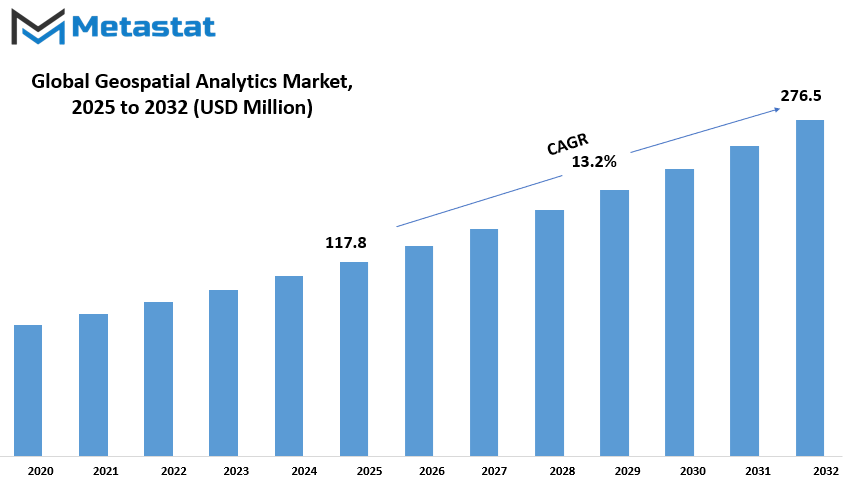
GROWTH FACTORS
The global geospatial analytics market experiences its time of great transformation, fueled by some major factors shaping its future trajectory. With recent technology development and increased use of spatial data, it's one of the recently fast-growing markets. Some of the major growth drivers are technological progress and huge demand for its usage in a wide variety of industries. Technological innovations, including machine learning and artificial intelligence, are immensely transforming the analysis and processing of geospatial data. They could only deliver a more accurate and faster data processing for improving decision-making in many sectors including disaster management and urban planning.
Also, location-based services are in greater demand; thus, this propels the market. Geospatial data is being used more and more by different businesses and governments to streamline their operations, improve service delivery, and propel informed decisions in key sectors like transportation, health, and agriculture. This has actually been made possible through the enablement of geospatial analytics to unlock critical patterns and trends in these aspects of life. But the global geospatial analytics market has also faced a few issues to encounter on its way.
One of the top ones is the cost of the application of high-end geospatial technologies and the maintenance of the same. The amount needed for high-end analytics tools for certain organizations, particularly small ones, can be out of their price range. Moreover, data security and privacy are becoming the key concerns. With the data collection becoming more sensitive and, therefore, sensitive information being utilized and processed, there is a rising concern regarding data usage and protection that could hinder growth in the market. On the other hand, favorable opportunities are also anticipated. The growing emphasis on smart cities and IoT provides tremendous opportunities for this market.
As more cities get connected and more data, the same will apply to the demand for geospatial analytics. That should give space for companies to innovate and seize new market space. Improvement of satellite technology and how data gets collected also speaks to where opportunities can open up, as those innovations put geospatial data in finer granularity and reach. That is, the development of the global geospatial analytics market will be extremely quick due to technological superiority and increased demand for location-based services. Though high expenditure and data confidentiality will pose certain problems, smart city initiatives and new satellite technologies with improved capacities will be sure to yield beneficial outcomes for future expansion. While this market develops, it is up to the stakeholders to navigate effectively through these dynamics to achieve the growth potential before them.
MARKET SEGMENTATION
By Type
The global geospatial analytics market is extremely dynamic due to technology changes happening very fast and the increased need for location-based information from the data. Geospatial analytics, which is involved in processing data obtained from geographies to provide informative information, is one of the most diversified and fast-growing sectors. In the upcoming years, the global geospatial analytics market is highly likely to demonstrate evolution, where various types of analytics shall be instrumental in their roles.
Some of the key market segments are Surface and Field Analytics. It is analytic in nature; it combines collecting data from physical surfaces and fields to understand and extract useful meaning from them. Utilization of this type benefits business companies and governments to make decisions on the basis of spatial data. For example, Surface and Field Analytics may be applied for land use pattern analysis, tracking environmental change, and resource management in a better way. This area will become even more precise and skillful in providing deeper knowledge of physical and environmental conditions with newer technology. Network and Location Analytics is another important area.
The analysis discussed here specializes in the interaction between various locations and the patterns involved in them. This helps in route optimization, traffic pattern analysis, and general logistics enhancement. One segment of this market, Network and Location Analytics, becomes increasingly vital with the growth in urban expansion and the attendant complexity within the transportation systems. The capacity to analyze and forecast traffic flow, identify efficient delivery routes, and network infrastructure management will become vital to business and city planners. Geo visualization is also among the leading drivers of the global geospatial analytics market. This is a chapter on mapping and other graphical visualizations of geographics.
Geo visualization puts seemingly complex information into understandable form through visualization. This will be a growingly vital methodology as the requirement for clear, actionable insight rises. Breakthroughs in visualization technology will allow users to better comprehend spatial information; that means improved decision-making in everything from city planning to disaster response. The remaining analytics in the global geospatial analytics market are those types that do not fit into the above categories. Examples are emerging or new technologies that can offer distinct capabilities and applications. As newer and more technologies and methodologies are created, they will contribute to the overall diversification and growth of this market. The global geospatial analytics market is bound to experience significant growth. Successive innovations, from Surface and Field Analytics to Network and Location Analytics, and Geo visualization, among others, will dictate the future behind the use of geographical data. Every segment has its significant role in the analysis to drive spatial knowledge and decision-making processes across industries.
By End-user
End-user segments of the market, as various industries account for its growth. In the Defense and Internal Security industry, validated cleaning techniques must be used in order to maintain the quality and safety of medical supplies utilized during critical procedures. The Retail and Logistics sector depends on these processes to maintain hygiene during storage and transport, particularly where temperature-sensitive or delicate pharmaceutical products are involved. The Government sector, on the other hand, has public health facilities that require strict levels of cleanliness and compliance, particularly where facilities handle drug production and distribution.
Banking, Financial Services, and Insurance (BFSI) might appear unrelated, but these companies tend to invest in pharmaceutical business or finance healthcare facilities, insisting on strict quality control. Energy and Utilities is a supporting industry, particularly in providing clean water and energy required for sterilization and validation activities. In Agriculture, veterinary drugs and pesticides need accurate cleaning validation to ensure product efficacy and avoid damage to crops and animals.
The Healthcare and Life Sciences industry is one of the key drivers of this market. Hospitals, research institutions, and pharmaceutical companies need to achieve the highest level of cleanliness. Any compromise can impact patient safety or clinical trial results. Infrastructure and Urban Development also plays a role, especially in the construction of cleanrooms and laboratory facilities where such validation processes are required. Finally, the Others group, which includes Education, Media & Entertainment, is made up of organizations that need pharmaceutical validation assistance for research, education, and periodic product development.
By Enterprise Type
The global geospatial analytics market is extremely dynamic and has evolved very fast with enormous impacts on businesses and governments as far as spatial data analysis is concerned. It increased sequentially over the period as companies tried to leverage geographic information to enhance their decision-making capabilities. Examining the market by enterprise types, one is amazed at how various business scales are leveraging and benefiting from these technologies.
The global geospatial analytics market is divided into two, that is Large Enterprises and Small and Medium Enterprises {SMEs}, based on the enterprise size. All of the above-stated categories have varying ways of feeling the market, as their needs and resources are not the same. Large Enterprises possess the biggest budgets and large-scale operations, and therefore tend to be the first in embracing the sophisticated geospatial analytics technologies. These organizations use advanced tools to make their supply chain management, and urban planning optimization as well. Since they are capable of handling sophisticated spatial data, they make intelligent decisions, which can enhance their efficiency as well as positioning considerably. The opposite is that Small and Medium Enterprises (SMEs) show the expanding size of the global geospatial analytics market segment.
Lacking the same level of access to financial and human capital that large companies assume, SMEs are finding innovative means of applying geospatial analytics to business operations. Several of these companies are leveraging inexpensive, user-friendly geospatial tools to obtain insight into things that only large companies could observe previously. This democratization of technology allows SMEs to increase their competitive edge by further enhancing market analysis, logistics optimization, as well as better consumer behavior knowledge. The global geospatial analytics market is likely to be in constant flux. Technological progress is enhancing its usage in all types of enterprises. Additional data collection and analysis innovations would further enhance the efficiency and simplicity of geospatial analytics. Large Enterprises will keep pushing the limits of what can be done with these tools, and SMEs will keep profiting from progressively advanced and affordable solutions. In short, the global geospatial analytics market is becoming faster and more diversified to suit different needs of different enterprise sizes.
Although large enterprises will be the first to adopt new technologies, SMEs are not behind in looking for useful applications for geospatial analytics. As this market becomes more mature, both big and small businesses will be in a position to leverage such tools, catalyzing insights and improved decision-making for collective growth and innovative evolution in this space.
By Application
The global geospatial analytics market may be likely to contribute substantially towards defining the size of industries based on spatial information through advanced analytics. A number of other key market applications may be contributing in a different manner to the development and expansion of this market.
This is the future of disaster management and risk reduction, where geospatial analytics will increasingly empower agencies to anticipate, prepare for, and respond to natural disasters more effectively. Spatial data analysis assists organizations in developing detailed risk maps of regions, forecasting the impact of disasters, and optimizing resource allocation in any emergency response. This would not only make response strategies more accurate but also minimize the potential losses and enhance public safety.
Other general areas where the global geospatial analytics market is certain to make its presence felt are public safety and delivery of medicine. Accidents can be treated more efficiently and faster since emergency services will be in a position to plan and implement strategies with the help of geospatial information. In the distribution of medicine, spatial analysis will enable improved logistics and supply chain management to bring supplies and services to desired points on time and efficiently. This is, among all, the domain of surveying, which relies heavily on accurate geographical information; thus it gets greatly advantageous with the advancements in geospatial analytics. It offers land assessments more precisely, designs constructions more feasibly, and tracks environmental conditions appropriately. The outcomes make more informed decisions to improve decision-making and lower project errors in relation to the land.
Another life-changing use of geospatial analytics is climate change adaptation. The market will thus ensure that any variation in climatic patterns, its effects, and measures to counteract negative effects are monitored by scientists and policymakers, respectively. The technology offers precise geographical understanding that will certainly assist during planning and implementation stages of adapting to climate changes, making the community able to survive under varying environmental conditions.
Moreover, the global geospatial analytics market will also target other industries like sales and marketing optimization and supply chain management. For example, in sales and marketing, the businesses will achieve market trend insights through spatial data that can also assist in choosing locations for stores or services and determine distinct marketing strategies based on geospatial insights. In supply chain management, geospatial analytics will enhance route optimization, inventory, and efficiency in goods and service delivery. The impact of the global geospatial analytics market will thus continue to grow in these diverse applications, encouraging innovation and efficiency. With technological progress, its uses will most likely be even more integral and essential, thus affecting different sections in significant ways.
|
Forecast Period |
2025-2032 |
|
Market Size in 2025 |
$117.8 million |
|
Market Size by 2032 |
$276.5 Million |
|
Growth Rate from 2025 to 2032 |
13.2% |
|
Base Year |
2024 |
|
Regions Covered |
North America, Europe, Asia-Pacific, South America, Middle East & Africa |
REGIONAL ANALYSIS
The global geospatial analytics market is currently caught in an evolution initiated by regional dynamics governing its growth and adoption. They differ enormously with varying geographies, from ones that inherently are concerned with comprehension of spatial patterns and trends.
In North America, this is robust due to technological advancement and high investment levels in the data analytics industry. The United States, Canada, and Mexico all contribute differently to this. The United States leads with its good infrastructure concerning the gathering and analysis of data, while Canada and Mexico also make great strides forward building their technological potential and area of application concerning transport, town planning, and environmental control.
Other significant areas in the geospatial analytics market are Europe, including the UK, Germany, France, Italy, and others. The region is highly conscious of innovation and research within the field. The European nations have widely employed geospatial data within public services and private enterprise operations to aid in improved decision-making and effectiveness. Such joint ventures or cross-border projects assist in developing technological advancements and standardization within the European market.
The rapid increase in geospatial analytics is seen in the Asia-Pacific world. India, China, Japan, and South Korea are a few prominent countries in this sector. China is heavily investing in projects related to the development of smart cities as well as the development of infrastructure. India is not much behind; some developments have been made in optimizing agriculture and in urban development using geospatial data. Japan and South Korea are also modernizing their geospatial capabilities, along with other nations, giving high priority to the incorporation of technology and improving data accuracy to support other sectors like disaster management and transportation. With major market players such as Brazil and Argentina, South America is a budding region. It is expanding in terms of the ability to use geospatial technologies in solving ailments like hasty urbanization, natural resource management, and environmental protection. In this expanding market, increased focus will be placed on using geospatial data in unraveling regional issues for economic growth.
The GCC nations, Egypt, South Africa, and others constitute a diversified and evolving region for the global geospatial analytics market. Several countries in this region have begun adopting geospatial technologies to govern infrastructure, resources, and urban development. Spending on the existing projects of smart cities and infrastructure is anticipated to raise the demand for geospatial analytics in this region.
Thus, the global geospatial analytics market will keep growing as countries utilize these technologies in the quest for capability development and to meet local demands. Every geographic region will contribute differently to the market growth based on its own challenges and opportunities.
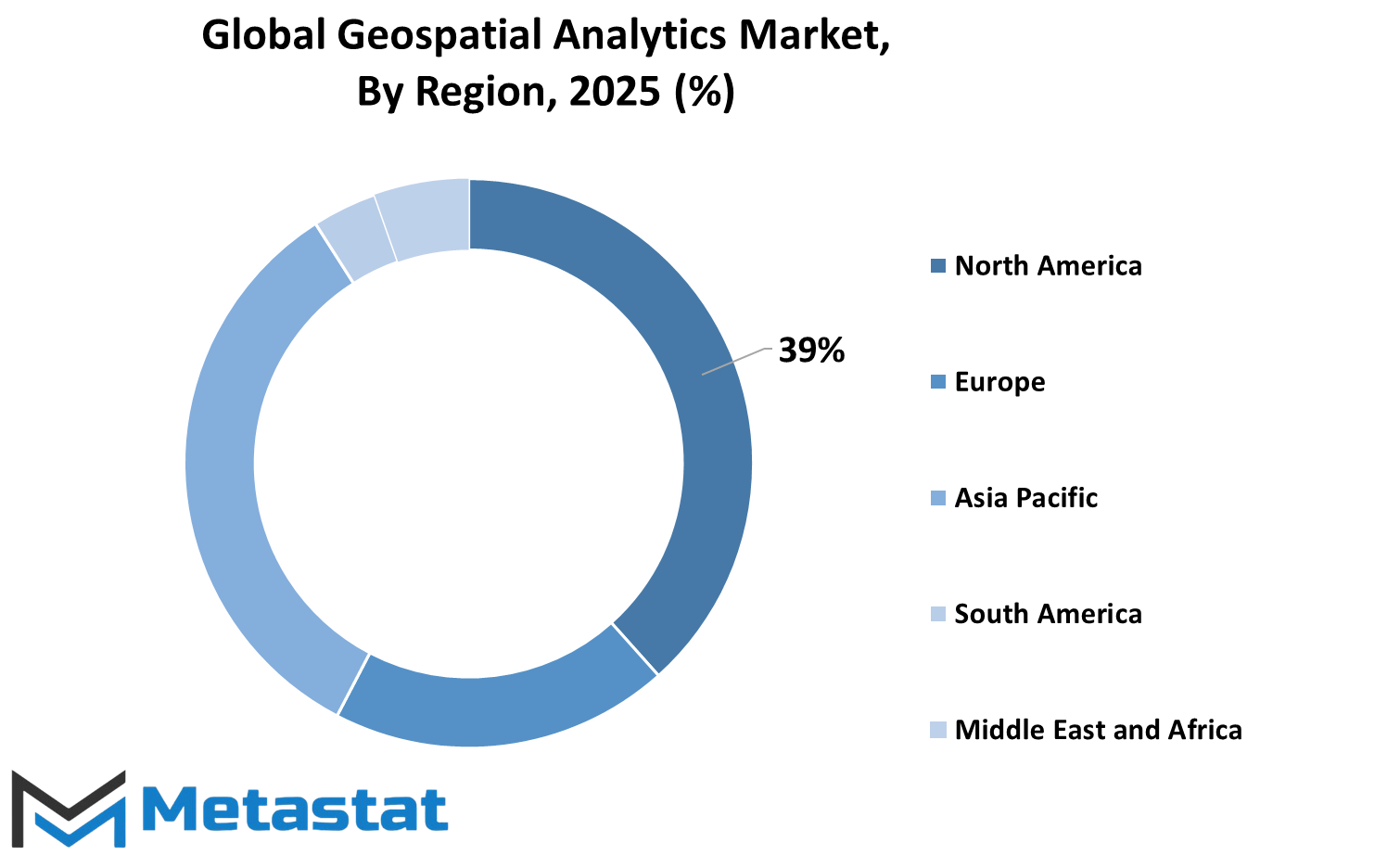
COMPETITIVE PLAYERS
The global geospatial analytics market is a sector with speedy evolution and developments. Though technology continues to impress its mark on this sector, over a few corporations can practically be termed leaders and innovators. A few of the most prominent companies engaged in this area of geospatial analytics are Alteryx, Inc., Bentley Systems Incorporated, and ESRI, Inc., driving the companies ahead by offering sophisticated mechanisms and solutions in the market. These companies are defined by their recent progress in data analysis methods and their ability to incorporate geospatial data into a range of applications. Some other notable names in this context are Fugro N.V. and General Electric Company. Whereas Fugro N.V. offers geospatial data services in infrastructure development and environmental research, General Electric Company uses geospatial analytics in its various industrial businesses to improve efficiency and enable informed decision-making.
Other notable players are Google LLC and its high-tech capabilities and massive data collection. Its geospatial analytics technologies have actually transformed how we access and understand geographic data. Foursquare and Trimble Inc. leave their imprints in this field in their unique way too. Similarly, Foursquare, with location-based analytics enhancing business and customer experience, and Trimble Inc., with end-to-end solutions bridging geospatial data with real-world applications, demonstrate how to do it for different industries, ranging from construction to agriculture. Other market participants include Maxar Technologies Inc. and SAP SE. Maxar Technologies Inc. specializes in satellite imagery and data analytics, providing various types of insight solutions for defense, agriculture, and urban planning industries. With its competencies in data management and analytics, SAP SE combines geospatial data into enterprise applications that have the potential to drive improved business decisions. The global geospatial analytics market is likely to maintain its progress as organizations and others keep up with innovation and development.
The integration of AI and machine learning in geospatial data will enhance analytics to be more precise and useful. As more enterprises and governments increasingly rely on geospatial insights while making strategic decisions, major players will become increasingly important. New solutions will be presented and technology developed by them; they will assist in designing the future in the manner that we come to comprehend and deal with what surrounds us.
Geospatial Analytics Market Key Segments:
By Type
- Surface & Field Analytics
- Network & Location Analytics
- Geovisualization
- Others
By End-user
- Defense and Internal Security
- Retail & Logistics
- Government
- Banking, Financial Services and Insurance (BFSI)
- Energy & Utilities
- Agriculture
- Healthcare & Life Sciences
- Infrastructure & Urban Development
- Others (Education, Media & Entertainment, Etc.)
By Enterprise Type
- Large Enterprises
- Small and Medium Enterprises
By Application
- Disaster Management and Risk Reduction
- Public Safety and Medicine Delivery
- Surveying
- Climate Change Adaptation
- Others (Sales & Marketing Optimization, Supply Chain Management, Etc.)
Key Global Geospatial Analytics Industry Players
- Alteryx, Inc.
- Bentley Systems Incorporated
- ESRI, Inc.
- Fugro N.V.
- General Electric Company
- Google LLC
- Foursquare
- Trimble Inc.
- Maxar Technologies Inc.
- SAP SE
WHAT REPORT PROVIDES
- Full in-depth analysis of the parent Industry
- Important changes in market and its dynamics
- Segmentation details of the market
- Former, on-going, and projected market analysis in terms of volume and value
- Assessment of niche industry developments
- Market share analysis
- Key strategies of major players
- Emerging segments and regional growth potential



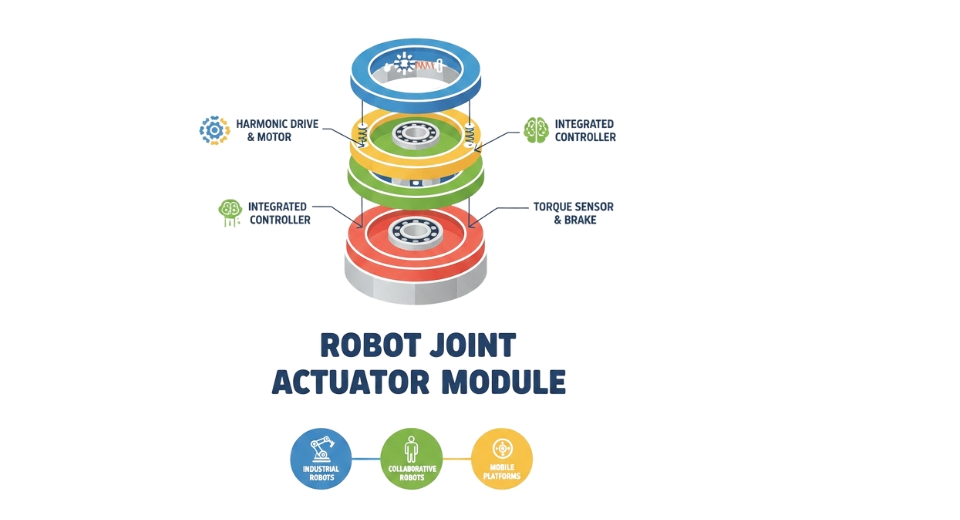
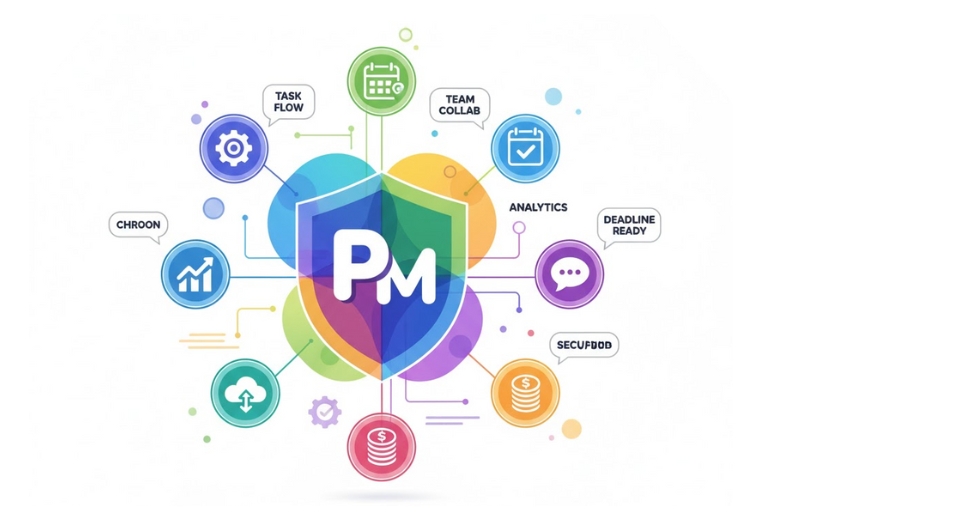
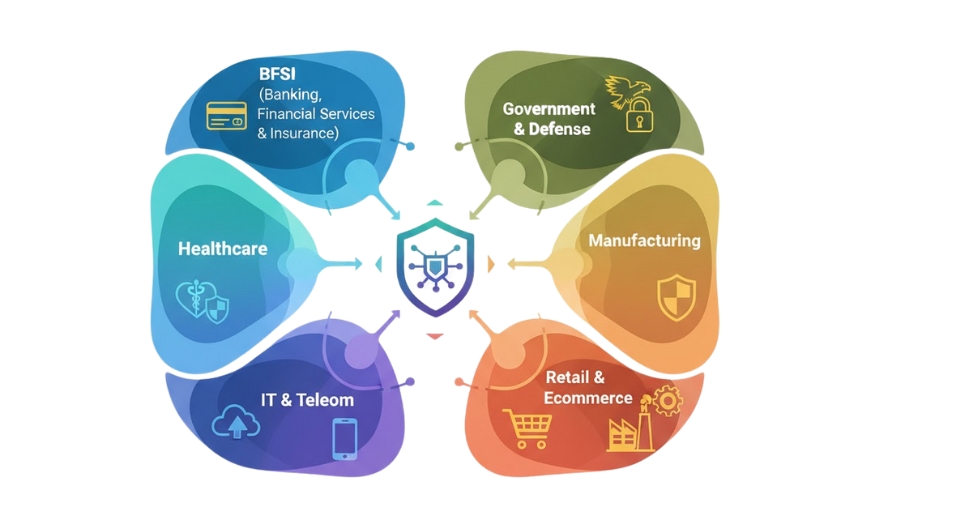
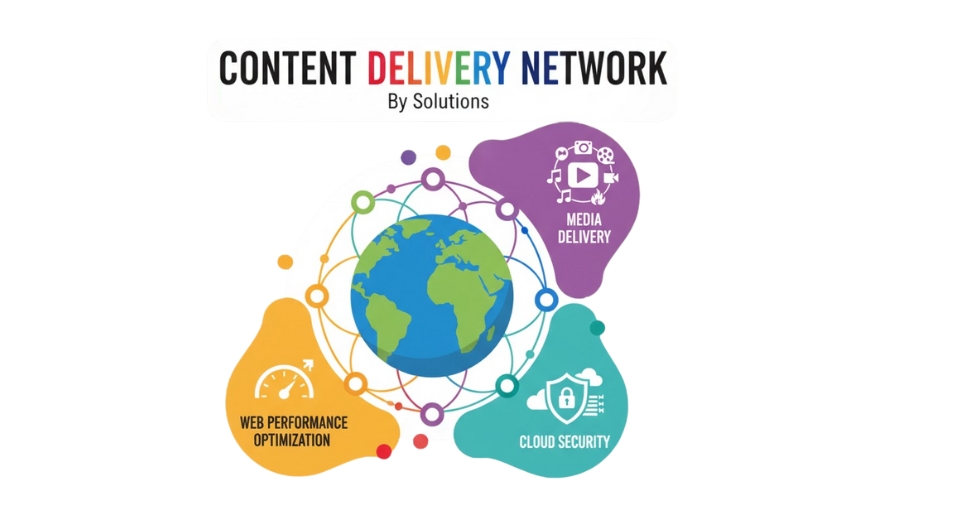

 US: +1 3023308252
US: +1 3023308252






